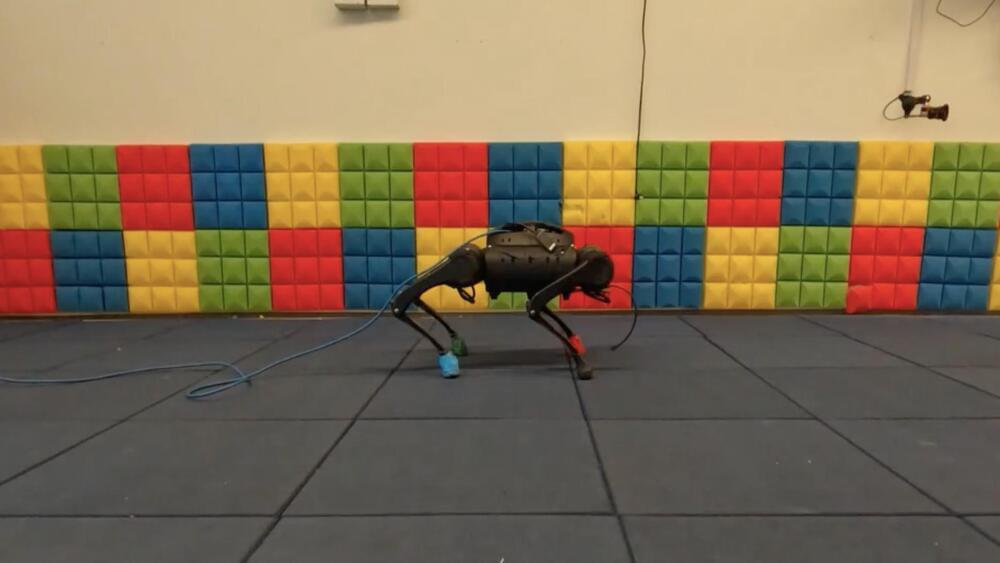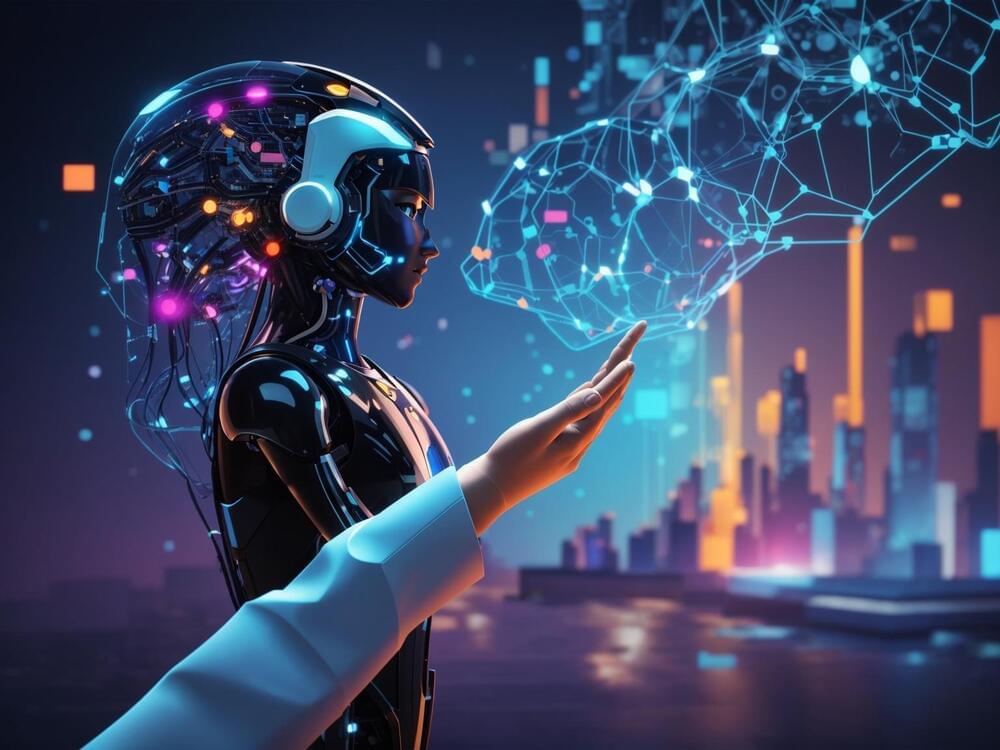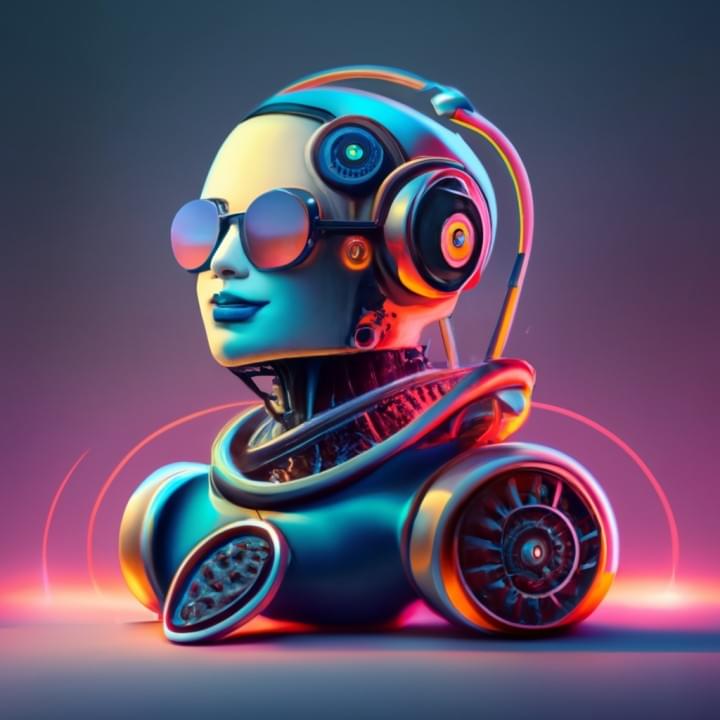SayTap uses ‘foot contact patterns’ to achieve diverse locomotion patterns in a quadrupedal robot.
We have seen robot dogs perform some insane acrobats. They can lift heavy things, run alongside humans, work in dangerous construction sites, and even overshadow the showstopper at the Paris fashion show. One YouTuber even entered its robot dog in a dog show for real canines.
And now Google really wants you to have a robot dog. That’s why researchers at its AI arm, DeepMind, have proposed a large language model (LLM) prompt design called SayTap, which uses ‘foot contact patterns’ to achieve diverse locomotion patterns in a quadrupedal robot. Foot contact pattern is the sequence and manner in which a four-legged agent places its feet on the ground while moving.







